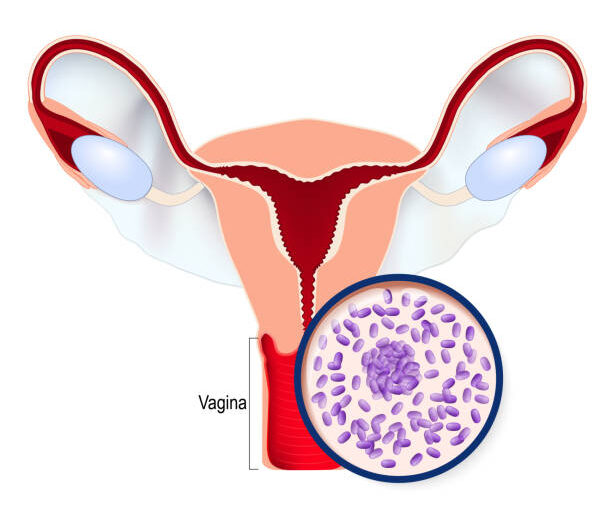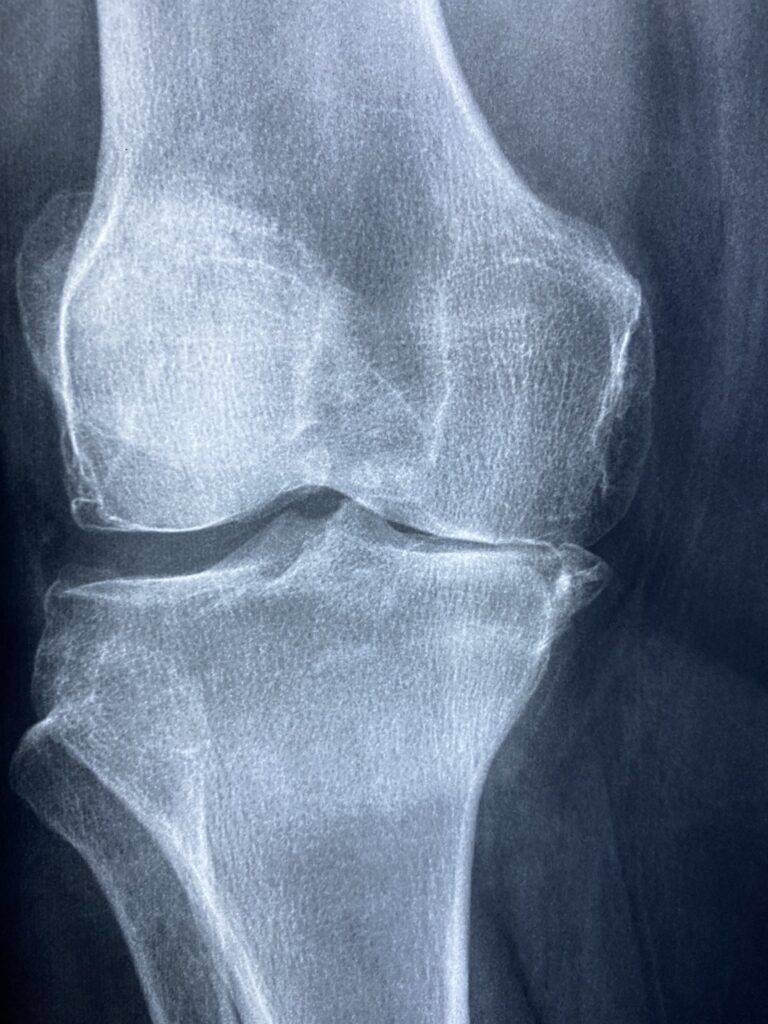Bacterial Vaginosis: Understanding Causes, Symptoms, and Treatment
What is Bacterial Vaginosis? Bacterial vaginosis (BV) is a common vaginal infection characterized by an imbalance of bacteria in the vagina. While the exact cause of BV is not fully understood, it is known to result from an overgrowth of harmful bacteria, such as Gardnerella vaginalis, combined with a decrease in beneficial bacteria, such as lactobacilli.
Symptoms of Bacterial Vaginosis Many women with BV may not experience any symptoms. However, when symptoms do occur, they may include:
- Thin, grayish-white vaginal discharge with a fishy odor, especially after sexual intercourse
- Vaginal itching or irritation
- Burning sensation during urination
- Mild vaginal bleeding or spotting
Causes of Bacterial Vaginosis The precise cause of bacterial vaginosis is not fully understood, but several factors may contribute to its development, including:
- Imbalance of Vaginal Flora: BV often occurs when the balance of bacteria in the vagina is disrupted, leading to an overgrowth of harmful bacteria and a decrease in beneficial bacteria.
- Sexual Activity: While BV is not considered a sexually transmitted infection (STI), it is more common in women who are sexually active, especially those with multiple partners.
- Douching: Douching disrupts the natural balance of bacteria in the vagina and may increase the risk of BV.
- Hormonal Changes: Changes in hormone levels, such as those that occur during menstruation, pregnancy, or menopause, can affect vaginal pH and increase the risk of BV.
Diagnosis of Bacterial Vaginosis Diagnosing bacterial vaginosis typically involves:
- Physical Examination: A healthcare provider may perform a pelvic exam to assess the vaginal discharge and look for signs of inflammation or irritation.
- pH Testing: BV is often associated with an elevated vaginal pH (>4.5), which can be measured using pH test strips.
- Microscopic Examination: A sample of vaginal discharge may be examined under a microscope to look for the presence of clue cells (epithelial cells coated with bacteria), which are characteristic of BV.
- Whiff Test: A sample of vaginal discharge may be mixed with potassium hydroxide (KOH) solution to detect the characteristic fishy odor associated with BV.
Pharmacological Treatment Pharmacological treatment options for bacterial vaginosis may include:
- Antibiotics: Oral antibiotics such as metronidazole, tinidazole, or clindamycin are commonly prescribed to treat BV and restore the balance of vaginal bacteria. Topical forms of these antibiotics may also be available for vaginal use.
- Probiotics: Probiotic supplements containing lactobacilli strains may help restore the natural balance of vaginal flora and prevent recurrent BV.
Non-Pharmacological Treatment Non-pharmacological treatment options for bacterial vaginosis may include:
- Avoiding Douching: Douching disrupts the natural balance of vaginal bacteria and can worsen BV symptoms. It is recommended to avoid douching altogether.
- Safe Sex Practices: Using condoms during sexual intercourse can reduce the risk of BV and other sexually transmitted infections.
Conclusion Bacterial vaginosis is a common vaginal infection caused by an imbalance of bacteria in the vagina. While BV may not always cause symptoms, when it does, it can lead to discomfort and irritation. Prompt diagnosis and treatment with antibiotics can help alleviate symptoms and prevent complications. Additionally, practicing good hygiene, avoiding douching, and practicing safe sex can help reduce the risk of BV. If you suspect you have bacterial vaginosis or experience symptoms suggestive of BV, it is essential to consult a healthcare provider for proper diagnosis and treatment.




